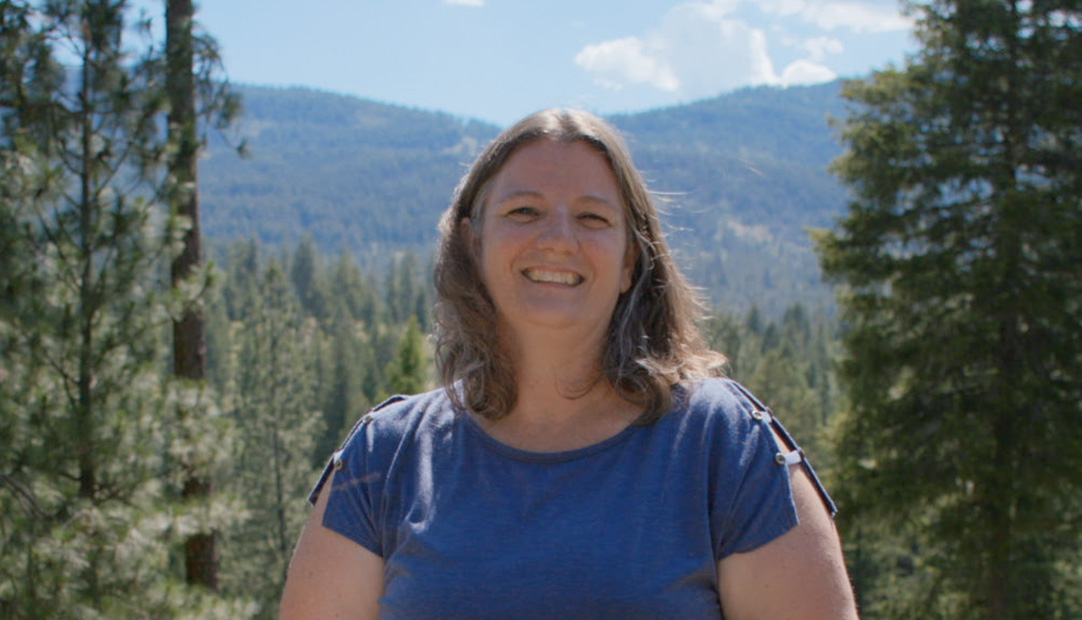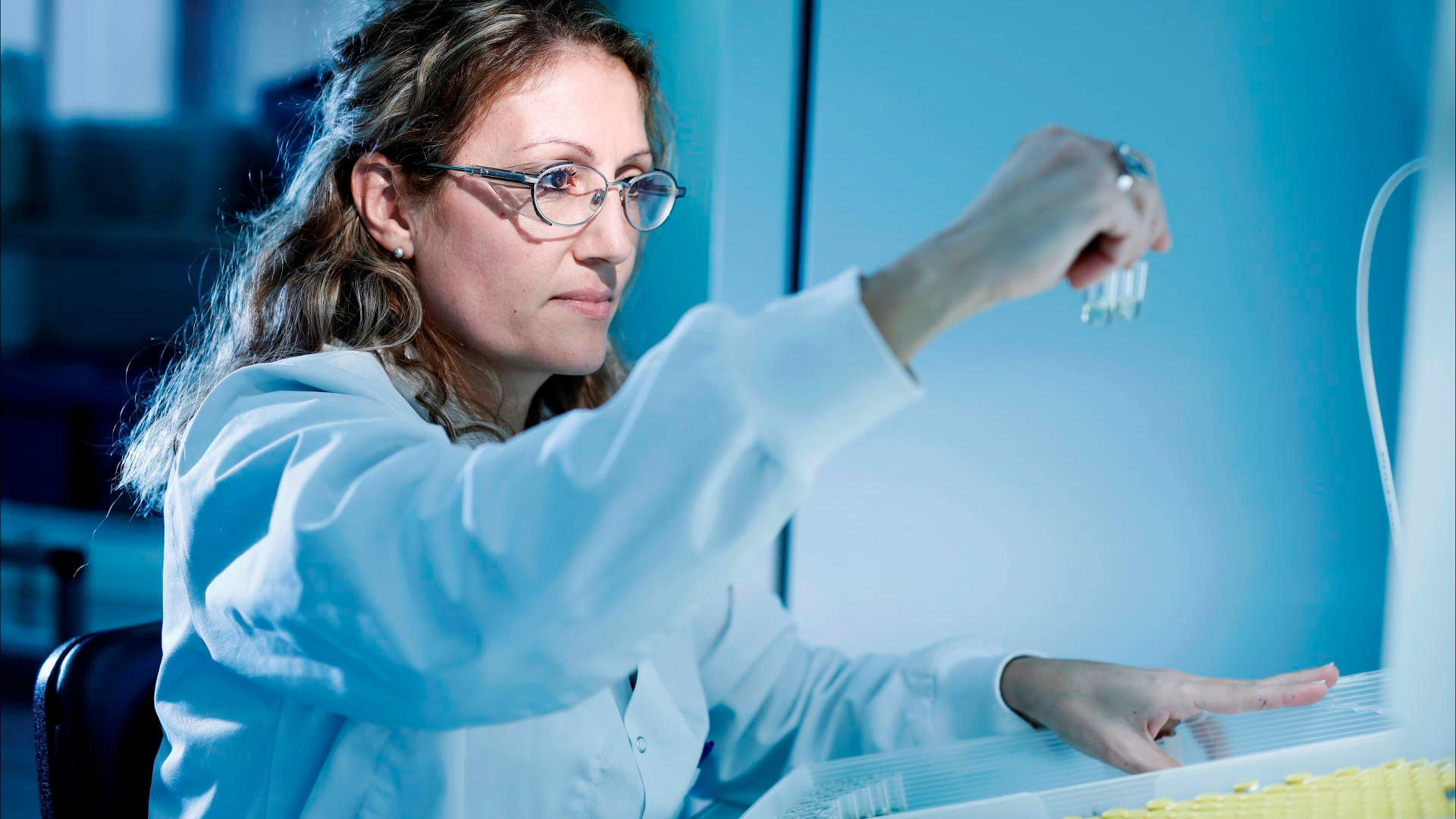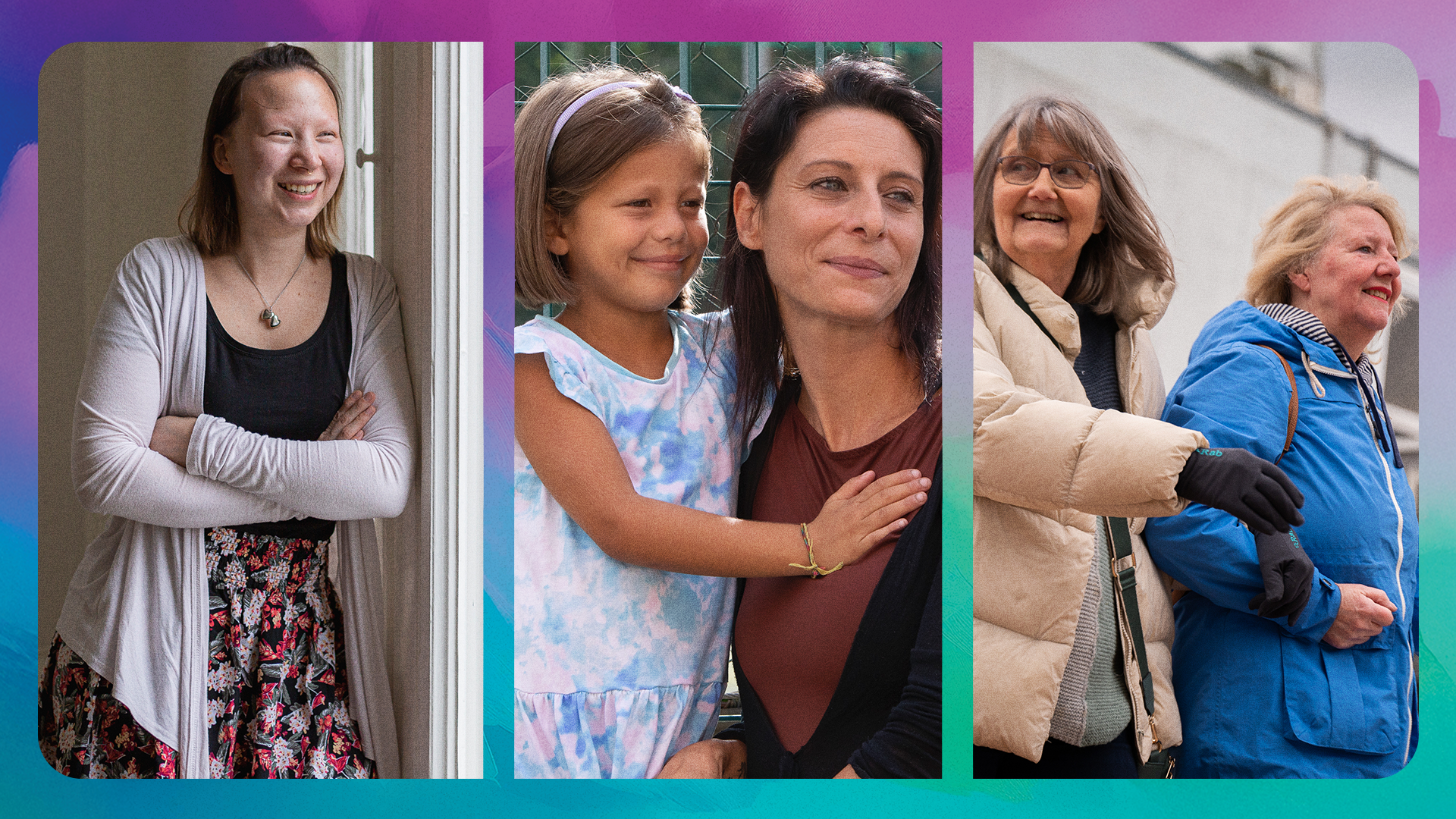Exploring life and parenthood with Primary Biliary Cholangitis

Sandra Silvestri, Executive Vice President & Chief Medical Officer at Ipsen, reflects on the challenges women living with primary biliary cholangitis (PBC) face and why we have big dreams of a better future for PBC.
At the time of Mother’s Day in the United States, I was reflecting on the multifaceted role that many women play within families.
As a Medical Doctor, Executive and Mother myself, on a daily basis I am trying to be the best Mother I can be to my children, while at the same time juggling career, work, life admin, and attending to the whole family’s needs.
What had really been occupying my thoughts at this time though, was if I find some days a challenge, how must it be for those women who are living with primary biliary cholangitis (PBC).
PBC is a rare, progressive, autoimmune cholestatic liver disease that predominantly affects women aged 40-60 years of age. In fact, 90% of people impacted by PBC are women.1 One of the main symptoms of PBC is chronic fatigue. Another is intense itching, which can affect sleep, exacerbating the fatigue further. 2,3
I have had the opportunity to listen to some of the women living with PBC, who have been kind enough to share their experiences with us at Ipsen. This is such a privilege, as it helps me and my colleagues to understand what is really important to patients and the outcomes they would like to achieve from a treatment. It helps us to direct our research, our clinical trials, and the evidence we need to collect, to ensure our treatments address the true unmet needs of those living with PBC.
Understanding the challenges for people impacted by PBC
In people with PBC, the body attacks and gradually destroys the liver’s small bile ducts. If left untreated, bile and toxins may build up, called cholestasis, leading to scarring of the liver, known as cirrhosis, and eventually liver failure.4
There is also a lot of clinical evidence about the negative impact that symptoms of PBC can have on a person’s quality of life.2,3 This includes fatigue, which affects 95% of patients2,3, intolerable itching, also known as pruritus, affecting 70% of patients3, and other autoimmune diseases such as Sjogren’s syndrome.5 It is also reported that PBC symptoms can lead to depression, sleep deprivation and suicidal ideation.6
For many of those living with PBC, the challenges do not stop with the symptoms, and it is not uncommon to face delays in getting a diagnosis. Not only this but once you have been diagnosed, available treatments do not always effectively manage the disease progression or address the symptoms that impact on quality of life.7,8,9
When you think of all of these challenges, it comes as no surprise that PBC can have a substantial impact on every aspect of quality of life.2,3 Therefore, measuring this impact has quickly become one of the most important factors when assessing how we can help those living with PBC by facilitating improved medical care, optimizing treatment outcomes, and improving everyday life.10
Parenting with PBC: Navigating the journey with strength and resilience
As my colleagues and I engage with these inspiring individuals living with rare liver disease, hear their stories, and look at how we can stop the disease to progress and improve their quality of life, we recognize that PBC’s impact extends far beyond the individual—it reverberates through families.
Sabrina is one of these inspiring individuals, a mother and a grandmother living with PBC. In a conversation with Sabrina, she shared with us that she “functions at a three to five level of pain every day” and that each day differs depending on the severity of her symptoms. However, this does not stop her from spending time with her family and doing the things she loves the most, highlighting that “You need to make every moment count and I want to live life while I can live it. I want to have those experiences with my family. I want to do those things with my kids and grandkids. Don’t give up hope.”
Trying to be the best parent you can be while living with a condition like PBC is a momentous ask, and Sabrina’s story resonates with other individuals out there who are navigating life with a long-term disease, whilst also raising their children. These are the experiences and challenges that drive us at Ipsen: we are doctors and scientists but we are first of all mums, dads, sons, daughters, grandparents, grandchildren, siblings, and friends who have been deeply moved by Sabrina’s story and that of other people living with rare liver disease.
Beyond today: Envisioning a bright future with PBC
When I think about the journey of those living with PBC, it really hits home how much more we need to do. For nearly a decade, there has been a lack of innovation in PBC, and we need treatments that not only work but also address the associated challenges of living with rare liver disease. Recent innovations can only be beneficial and will ensure that every patient has the chance to optimize their outcomes, reduce their risk of disease progression and preserve their quality of life.
At Ipsen, we are ordinary people who dream big.
We are dedicated to developing new transformative treatment options that both manage the disease progression and address the effects of symptoms of rare liver disease. We are on a mission to get these treatments into the hands of those who need them most, right when they need them.
I’m proud to say that we are here to drive the change that’s long overdue in the world of treatment innovation. We will not stop for as long as we have the potential to change the lives of people like Sabrina, and the outlooks of all those impacted by rare liver disease.

Sandra Silvestri, M.D., Ph.D.
Executive Vice President, Chief Medical Officer
References
- Galoosian A, et al. 2020. Clinical updates in primary biliary cholangitis: trends, epidemiology, diagnostics, and new therapeutic approaches. J Clin Transl Hepatol. 8(1), pp. 49-60.
- Mells GF, et al. 2013. Impact of Primary Biliary Cholangitis on Perceived Quality of Life: The UK-PBC National Study. Hepatol. 58: 273-283.
- C Levy, et al. 2023. Understanding the Experience of Patients with Primary Biliary Cholangitis and Pruritus. Abstract presented at ISPOR, 7-11 May 2023, Boston.
- Tanaka A. 2021. Current understanding of primary biliary cholangitis.Clin Mol Hepatol.27(1), pp. 1–21.
- Chalifoux SL, et al. 2017. Extrahepatic Manifestations of Primary Biliary Cholangitis. Gut. 15;11(6):771-780.
- Gungabissoon U, et al. 2022. Disease burden of primary biliary cholangitis and associated pruritus based on a cross-sectional US claims analysis. BMJ Open Gastroenterol. 9(1), p.e000857.
- Ali AH, Byrne TJ, Lindor KD. 2015. Orphan drugs in development for primary biliary cirrhosis: challenges and progress. Orphan Drugs: Research and Reviews. 5(1), pp..83-97.
- Corpechot C, et al. 2011. Early primary biliary cirrhosis: biochemical response to treatment and prediction of long-term outcome. J Hepatol. 55:1361-7.
- Aguilar MT and Chascsa DM. 2020. Update on emerging treatment options for primary biliary cholangitis. Hepat Med. Pp.69-77.
- Gimenez-Lozano C, et al. 2022. Rare Diseases: Needs and Impact for Patients and Families: A Cross-Sectional Study in the Valencian Region, Spain. Int J Environ Res Public Health.19(16):10366.










